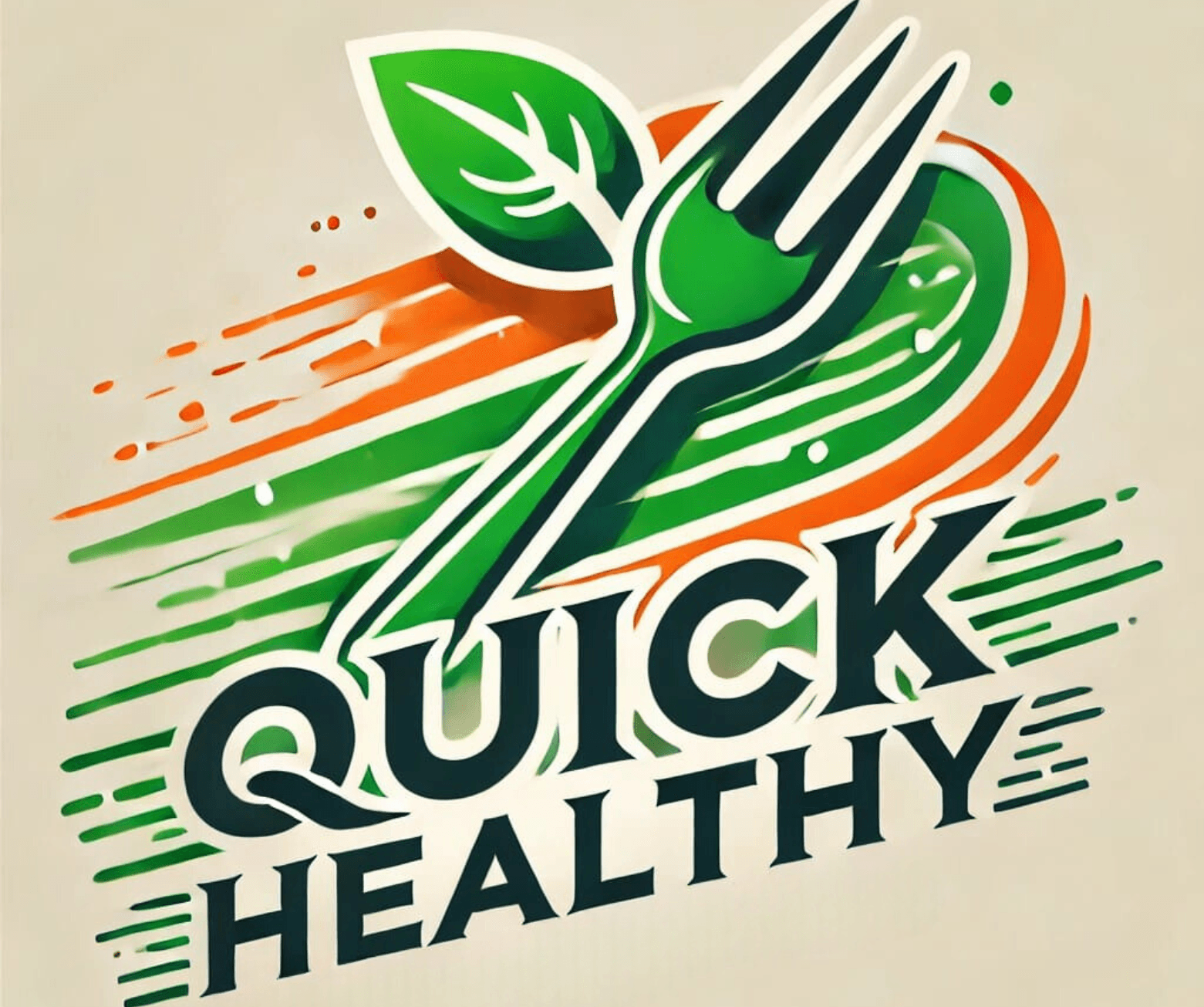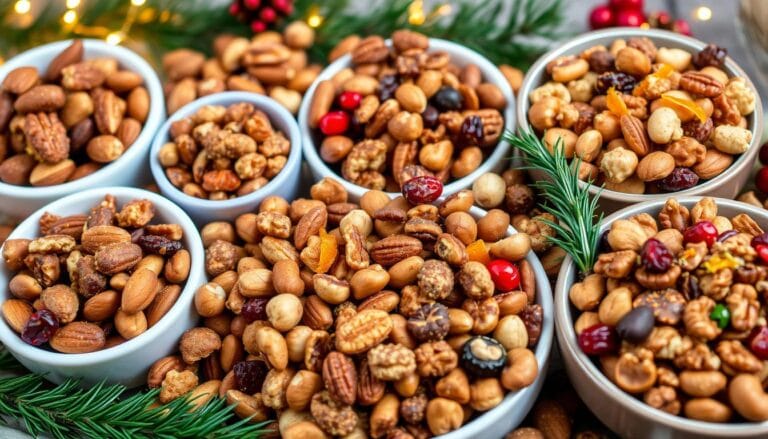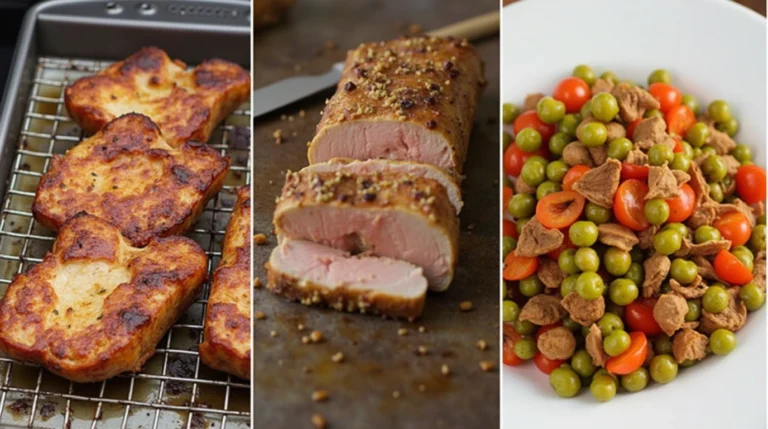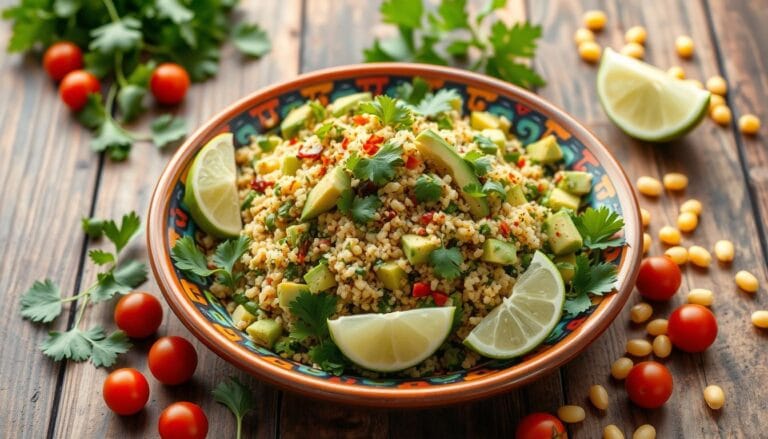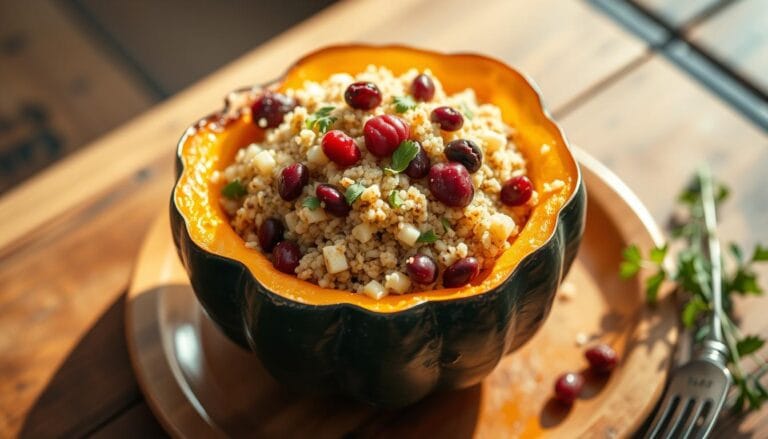The Best Seafood Casserole – Fish, Shrimp, Carrots
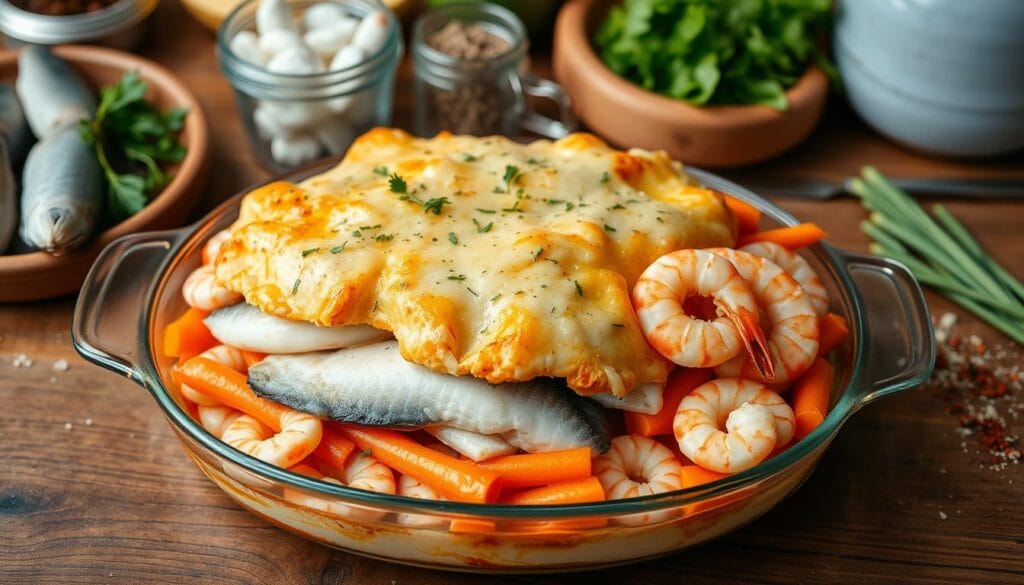
Table of Contents
The Best Seafood Casserole – Fish, Shrimp, Carrots
Growing up by the coast, seafood was more than food—it was a tradition. My grandmother’s seafood casserole was a highlight of every holiday. It brought us all together, creating unforgettable memories.
Seafood casseroles are now a key part of holiday meals. They mix the best of the sea—fish, shrimp, and carrots—into a warm dish. It’s a feast for both the heart and the plate.
Looking to make a special dinner or impress guests? This seafood casserole is perfect. It combines proteins and veggies in a way that makes every bite special. It’s a celebration of the sea’s bounty.
Ready to make a dish that will be your go-to for holidays? This guide will show you how to make a seafood casserole that will become a family favorite. You’ll learn how to prepare it and how to serve it, making it a tradition in your kitchen.
Understanding the Magic of Seafood Casseroles
Seafood casseroles are a journey through traditional meals loved by home cooks in the U.S. They mix rich flavors and healthy ingredients into one amazing dish. This brings families together for a special meal.
History of Seafood Casseroles in American Cuisine
Seafood casseroles became a favorite in American cooking in the mid-20th century. Coastal areas created special recipes using local seafood. These dishes warmed the hearts of families, celebrating the local seafood traditions.
- Originated in coastal regions
- Popularized during mid-century home cooking
- Reflected regional seafood availability
Health Benefits of Combined Seafood Dishes
Seafood casseroles are very good for you. They mix different seafoods for a meal full of protein, omega-3s, and minerals. This supports heart health and offers a balanced diet.
“Seafood is nature’s multivitamin, offering incredible health benefits in every bite.” – Nutritional Expert
Why Fish and Shrimp Make Perfect Partners
Fish and shrimp are a perfect pair in seafood casseroles. Their textures and flavors make the dish special. White fish is light, while shrimp is sweet and juicy, making every bite exciting.
- Balanced texture combination
- Complementary flavor profiles
- Diverse nutritional benefits
Essential Ingredients for Your Perfect Seafood Casserole
To make a standout seafood casserole, pick the right ingredients. They turn a simple dish into a memorable meal for special occasions. Start by choosing components that work well together and make the meal special.
The base of a great seafood casserole is top-notch protein. Choose fresh, high-quality seafood. It adds rich flavors and soft textures to your dish.
Key Ingredients for an Exceptional Seafood Casserole
- White fish (cod, halibut, or tilapia)
- Fresh shrimp
- Sweet carrots
- Aromatic herbs
- Creamy binding ingredients
For special occasions, add luxurious touches to your ingredients. A bit of truffle oil or a sprinkle of saffron can make your casserole truly special.
| Ingredient Category | Premium Options | Standard Options |
|---|---|---|
| Seafood | Wild-caught salmon | Frozen white fish |
| Herbs | Fresh dill, tarragon | Dried mixed herbs |
| Cheese | Gruyère | Cheddar |
“The secret to an unforgettable seafood casserole lies in the quality of ingredients and the love you pour into preparation.” – Chef Marie Reynolds
When making seafood casseroles for special occasions, balance is crucial. Mix your proteins with crunchy veggies, fragrant herbs, and a creamy sauce. This will wow your guests.
Selecting the Freshest Fish and Shrimp
Creating delicious seasonal and holiday recipes starts with selecting the highest quality seafood. Your seafood casserole’s success depends entirely on the freshness and quality of fish and shrimp you choose.
Seafood selection requires careful attention to detail and understanding of quality indicators. The right choices can transform your seasonal and holiday recipes from ordinary to extraordinary.
How to Choose Quality White Fish
When selecting white fish for your seafood casserole, look for these key indicators:
- Clear, bright eyes without cloudiness
- Firm flesh that springs back when touched
- Mild, ocean-like scent without strong fishy odors
- Smooth, shiny skin with no discoloration
Tips for Picking Fresh Shrimp
Fresh shrimp can elevate your seasonal recipes with incredible flavor and texture. Use these guidelines:
- Choose shrimp with a slight translucent appearance
- Avoid shrimp with black edges or spots
- Check for a mild, clean sea smell
- Select shrimp that feel firm and bounce back when pressed
Seasonal Availability Guide
| Fish Type | Peak Season | Recommended Use |
|---|---|---|
| Cod | Winter-Spring | Casseroles, Baked Dishes |
| Halibut | Spring-Summer | Creamy Seafood Recipes |
| Shrimp | Year-round | Holiday Seafood Recipes |
Pro tip: Always purchase seafood from reputable sources that prioritize sustainability and freshness.
Remember, the quality of your ingredients directly impacts the success of your seasonal and holiday recipes.
Preparing Vegetables and Creating the Base
Starting with the right vegetable preparation is key for a great seafood casserole. The right veggies can turn a simple dish into a memorable meal.
Choosing and preparing veggies is all about precision. For your seafood casserole, carrots are essential for adding sweetness. Here’s how to prep your veggie base:
- Dice carrots into uniform 1/4-inch cubes for consistent cooking
- Sauté vegetables in butter to release natural flavors
- Use fresh, crisp vegetables for maximum texture
Professional chefs know that traditional meals need well-prepared veggies. Sautéing brings out flavors that make your casserole stand out.
“The secret to an exceptional casserole is in the base preparation” – Chef Maria Rodriguez
Here are some veggie combos to try in your traditional meals:
| Vegetable | Preparation Method | Flavor Profile |
|---|---|---|
| Carrots | Fine dice, sautéed | Sweet, earthy |
| Onions | Minced, caramelized | Rich, deep |
| Celery | Thin slice, sweated | Subtle, fresh |
Your veggie base is the foundation for a seafood casserole that will wow everyone.
Mastering the Creamy Sauce Technique
Making the perfect seafood casserole starts with a rich, flavorful sauce. This sauce brings all the ingredients together. Around the world, different cultures have their own ways of making these sauces.
Learning basic cooking techniques is key. They help turn a simple dish into a masterpiece.
Creating the Perfect Roux
A roux is the base of many creamy sauces. Here’s how to make it:
- Melt butter in a heavy-bottomed pan
- Add equal parts flour
- Whisk continuously until golden and smooth
- Cook for 2-3 minutes to remove raw flour taste
Seasoning Secrets for Depth of Flavor
Enhance your seafood casserole sauce with flavors from around the world. Try these seasoning tips:
- Use fresh herbs like thyme or parsley
- Add white wine for complexity
- Incorporate subtle spices like paprika or cayenne
- Finish with a splash of fresh lemon juice
Alternative Sauce Options
Try new sauce ideas inspired by global cuisines. A Mediterranean-style tomato sauce or a Thai-inspired coconut milk base can make your dish stand out.
“The secret to an exceptional sauce is balancing flavors and understanding how ingredients interact.” – Professional Chef
Seasonal and Holiday Recipes for Special Occasions
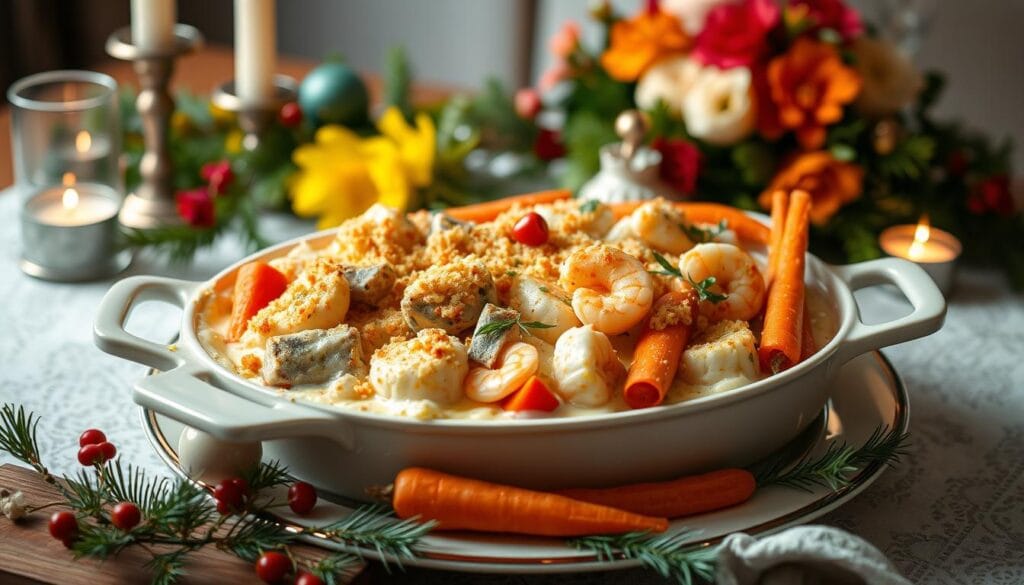
Making memorable dishes for special times is easy. Seafood casseroles are perfect for holiday meals. They can make any event a food celebration. Whether it’s Thanksgiving or a summer reunion, these recipes will make your menu stand out.
Using seasonal ingredients can make your seafood casserole even better. Here are some ideas:
- Thanksgiving Harvest Seafood Casserole: Add roasted butternut squash and sage
- Christmas White Fish Casserole: Mix in chestnuts and winter herbs
- Easter Spring Seafood Bake: Include fresh asparagus and baby peas
- Summer Coastal Casserole: Blend with fresh corn and cherry tomatoes
“The secret to a great holiday dish is balancing traditional flavors with unexpected ingredients.” – Chef Marina Rodriguez
For big gatherings, here are some tips:
- Scale recipes by 1.5x for family-style serving
- Prep components in advance to reduce day-of stress
- Choose seafood that’s in season for best flavor
- Use decorative baking dishes for added presentation
Your special occasion menus will impress with these seafood casserole recipes. They mix tradition, creativity, and tasty flavors.
Assembly Tips and Layering Methods
Making a perfect seafood casserole is more than just mixing ingredients. It’s about careful preparation for the best flavor and texture. The way you assemble it is key to turning simple ingredients into a dish that wows everyone.
Proper Layering Sequence
Layering is crucial for a tasty seafood casserole. Here’s a sequence to follow for the best results:
- Start with a thin layer of breadcrumbs or crushed crackers at the bottom
- Add a protective layer of vegetables like carrots and celery
- Place white fish pieces evenly across the vegetable layer
- Distribute shrimp in a single layer
- Pour creamy sauce over the seafood
- Top with additional breadcrumbs or cheese
Preventing a Soggy Bottom
No one likes a soggy casserole. To keep it crisp, pat your seafood dry before layering. Here are some tips:
- Use a paper towel to remove excess moisture from fish and shrimp
- Pre-cook vegetables to reduce water content
- Avoid overly wet sauces
- Elevate your casserole dish for better air circulation
Make-Ahead Instructions
Preparing seafood casseroles ahead of time can save you during busy holidays. Pro tip: Assemble the casserole up to 24 hours before baking, then refrigerate it. Just add 10-15 minutes to the baking time if it’s cold.
“The secret to a great seafood casserole is in the details of its preparation.” – Chef Maria Rodriguez
Baking Instructions and Temperature Guide
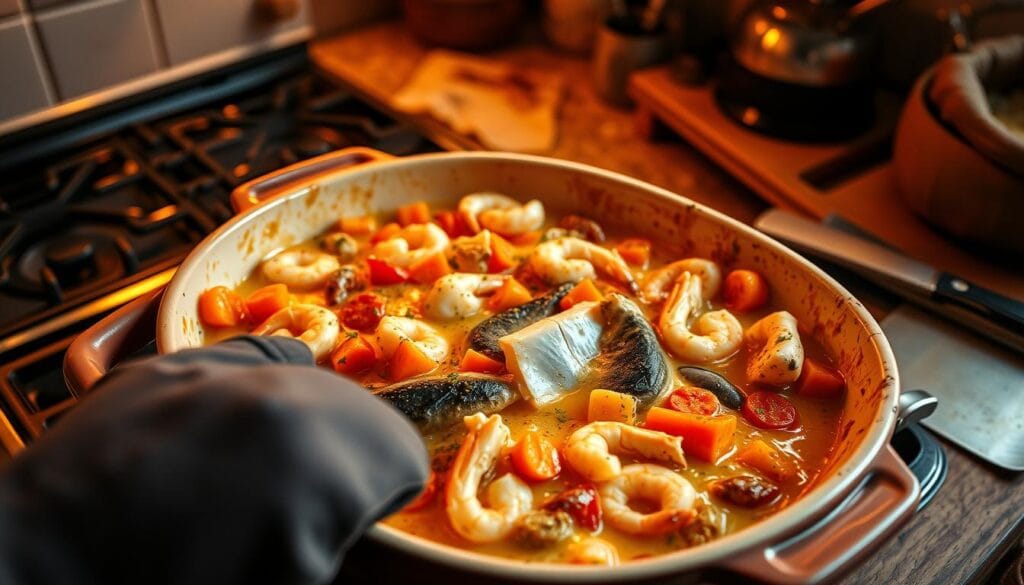
Getting your seafood casserole just right is all about the baking. Seasonal and holiday dishes need the right temperature and timing. This ensures a dish that will wow your guests.
The temperature of your oven is key for a great seafood casserole. Different recipes might need small tweaks to get that golden top and soft seafood inside.
Recommended Baking Temperatures
| Dish Type | Temperature | Cooking Time |
|---|---|---|
| White Fish Casserole | 375°F | 20-25 minutes |
| Shrimp Seafood Casserole | 350°F | 25-30 minutes |
| Mixed Seafood Casserole | 365°F | 22-28 minutes |
Pro tip: Always check the casserole’s internal temperature. Seafood should be at 145°F to be fully cooked and safe.
- Cover with foil for the first 15 minutes to prevent over-browning
- Remove foil for the last 5-10 minutes to create a crispy top
- Let the casserole rest for 5-7 minutes after baking
“The secret to a perfect seafood casserole is patience and precision in baking.” – Chef Marina Rodriguez
Keep in mind, seasonal and holiday dishes might need adjustments. A winter dish might take longer, while a summer one could bake quicker.
Serving Suggestions and Wine Pairings
Your seafood casserole is ready to be the star of the dinner table. Cultural cuisines bring unique ways to serve this dish, making it great for special occasions. The right sides and wine can turn your meal into a showstopper.
Complementary Side Dishes
Choosing the right sides can make your seafood casserole even better. Here are some tasty options:
- Crisp mixed green salad with citrus vinaigrette
- Roasted asparagus with garlic
- Herbed quinoa pilaf
- Crusty artisan bread for soaking up the sauce
Wine Selection Guide
Choosing wine for seafood is important. The right wine can really bring out the flavors of your casserole.
| Seafood Type | Wine Recommendation | Flavor Profile |
|---|---|---|
| White Fish | Sauvignon Blanc | Crisp, mineral notes |
| Shrimp | Chardonnay | Buttery, smooth finish |
| Mixed Seafood | Pinot Grigio | Light, refreshing |
Garnishing Ideas
Make your seafood casserole look amazing with these garnish ideas:
- Sprinkle fresh chopped parsley
- Add lemon wedges for brightness
- Scatter toasted almond slivers
- Drizzle herb-infused olive oil
A beautifully garnished dish tells a story before the first bite.
Remember, how you present your dish is just as important as its taste. Your seafood casserole can be a hit at any special occasion with these serving tips.
Conclusion
Seafood casseroles are more than just food; they’re a way to make special moments. This guide has shown you how to turn your kitchen into a place of creativity. Making the perfect seafood casserole is about mixing flavors, cooking right, and sharing a meal.
Exploring seafood casseroles opens up a world of cooking. They’re great for any meal, from a quick dinner to a big holiday feast. You’ve learned how to pick the best seafood and make a creamy sauce. These skills will help you impress your loved ones.
Don’t be shy to make these recipes your own. Try new spices, use local seafood, and add your own twist. Every seafood casserole you make tells a story of taste, tradition, and love.
The real magic of seafood casseroles is the memories they create. It’s about gathering, making memories, and enjoying a meal that’s both traditional and new.
FAQ
What makes a seafood casserole different from other seafood dishes?
A seafood casserole is special because it mixes different seafood with creamy sauce and veggies. It’s baked together in one dish. This makes it a comforting, layered meal that blends flavors and textures well.
Can I prepare a seafood casserole in advance?
Yes, you can make a seafood casserole ahead of time. It’s great for holidays or special events. Just remember to bake it a bit longer if it’s cold.
How do I prevent my seafood casserole from becoming too watery?
To avoid a watery casserole, dry the seafood before adding it. Use a roux or thickener in your sauce. Also, cook veggies like carrots first to remove moisture.
What are the best types of fish to use in a seafood casserole?
White, firm fish like cod, halibut, tilapia, or sea bass are best. They keep their shape and flavor well, making the dish balanced.
Are seafood casseroles healthy?
Seafood casseroles can be healthy, with protein, omega-3s, and veggies. Use low-fat dairy and less cream. Add fresh veggies and herbs for more nutrition.
How can I make my seafood casserole more festive for special occasions?
Use premium seafood like lobster or king crab for a fancy dish. Add truffle oil or saffron for luxury. Garnish with fresh herbs and serve in a beautiful dish. Pair it with a nice wine for extra flair.
What wine pairs well with a seafood casserole?
Crisp white wines like Sauvignon Blanc, Pinot Grigio, or Chardonnay are best. They enhance the seafood’s flavors without overpowering them.
Can I make a seafood casserole gluten-free?
Yes, making a seafood casserole gluten-free is easy. Use gluten-free flour or cornstarch for the roux. Choose gluten-free breadcrumbs for the topping. Make sure all ingredients are gluten-free.
How long can I store leftover seafood casserole?
Leftover seafood casserole can be stored in the fridge for 2-3 days. Reheat it until it’s hot, at least 165°F. For the best taste, eat it within 24-48 hours.
What are some alternative vegetables I can use in my seafood casserole?
You can try bell peppers, zucchini, spinach, peas, or asparagus instead of carrots. Pick veggies that go well with seafood and add nutrition and texture.
There are no reviews yet. Be the first one to write one.
